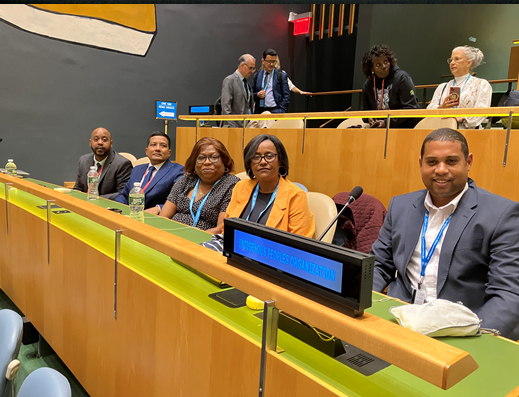Capturing Tea and Tradition in Burma/Myanmar: Photographs From the Early 20th Century
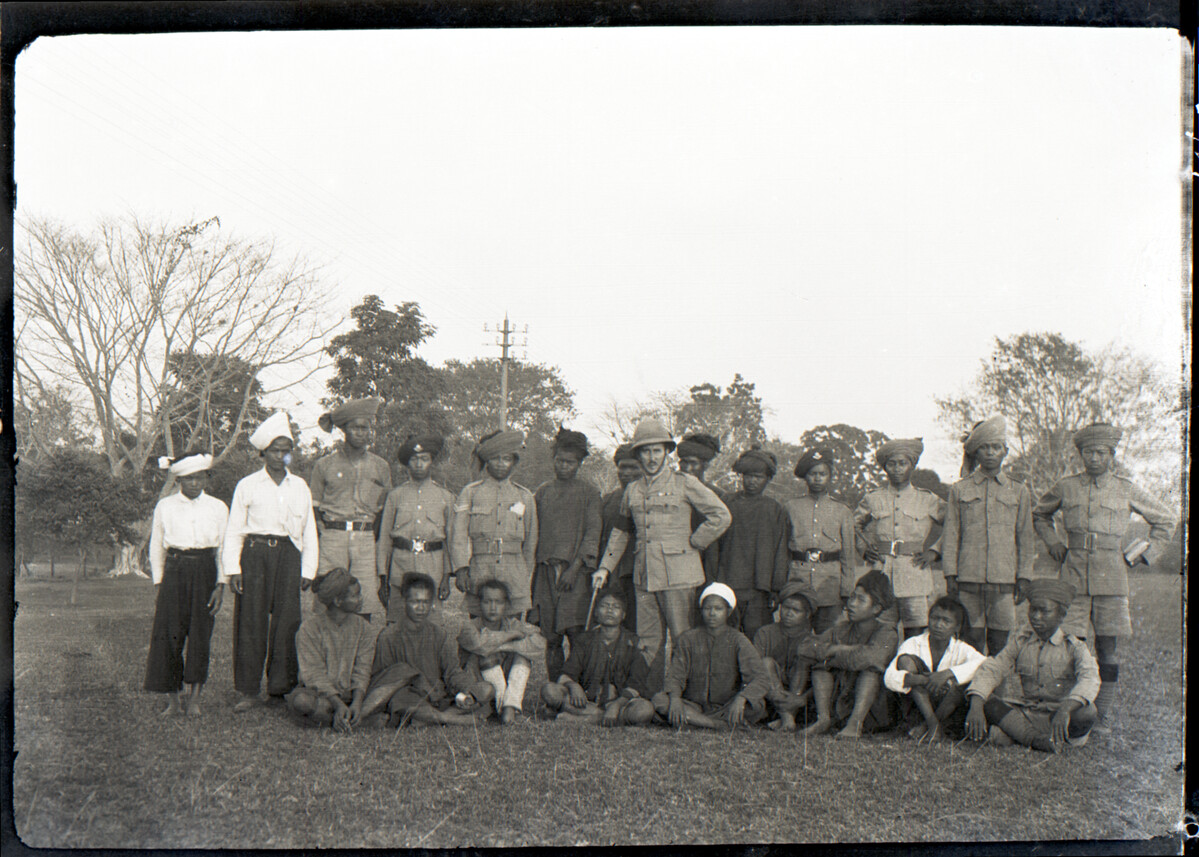
James Henry Green (1893 to 1975) was a recruiting officer for the Burma Rifles between 1918 and 1935. The Burma Rifles was a regiment within the Indian Army.
The ‘British Raj’ actually encompassed an area far greater than modern day India. It included large parts of present-day India, Pakistan and Bangladesh. Other countries such as Burma/Myanmar* and Sri Lanka were also directly under British rule. The so-called ‘Indian Army’ enlisted men from all these countries.
The Indian Army is also referred to as the British Indian Army. The force was developed under the direct control of the British government following their repression of the Indian Rebellion of 1857, in which Indian people revolted against the tyrannical rule of the East India Company. The East India Company was a monopolistic trading company. At first it was only involved in commerce. Over time, it became increasingly involved in politics. Eventually, it was a direct instrument of British Imperialism.
Green’s role involved assessing local people for their potential to serve in the army. In the ‘British Raj’, the British Indian Army drew up a ‘martial races’ system. This categorised some ethnic groups and communities as suitable to serve in the army. Other groups were deemed unsuitable. Those deemed suitable were perceived by the British as being from ‘warrior races’. The British thought they were braver and stronger than other ‘races’, but also more subservient and less likely to rebel. The martial races system was officially dismantled when countries gained independence from British rule. In India this was in 1947. In Burma/Myanmar this was in 1948.
Green used photography to record the people and places he encountered in Burma/Myanmar in the 1920s. He also collected textiles, notes and books. In 1992, the James Henry Green Charitable Trust chose Brighton Museum & Art Gallery to be the long-term caretaker of the collection.

All the Tea in Burma/Myanmar
During the 19th and early 20th centuries, tea played a significant role in Burmese culture and society, shaping various traditions and practises. In Burma/Myanmar, tea held symbolic and social significance. It was not only drunk as a beverage but also eaten as food.
Tea was a principal commodity sold at market, available in two forms: dry and pickled/fermented. According to Sir J G Scott in ‘Burma and Beyond’, 1932, “all the pickled tea goes to Burma”.

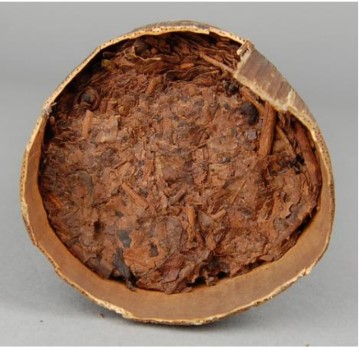
One tea tradition is the eating of tea leaf salad known as ‘lahpet thoke’. This traditional dish consisted of fermented tea leaves mixed with ingredients such as peanuts, sesame seeds, garlic, and dried shrimp. Lahpet thoke was not only a popular snack but also served as a symbol of hospitality and friendship, often shared during social gatherings and ceremonies.
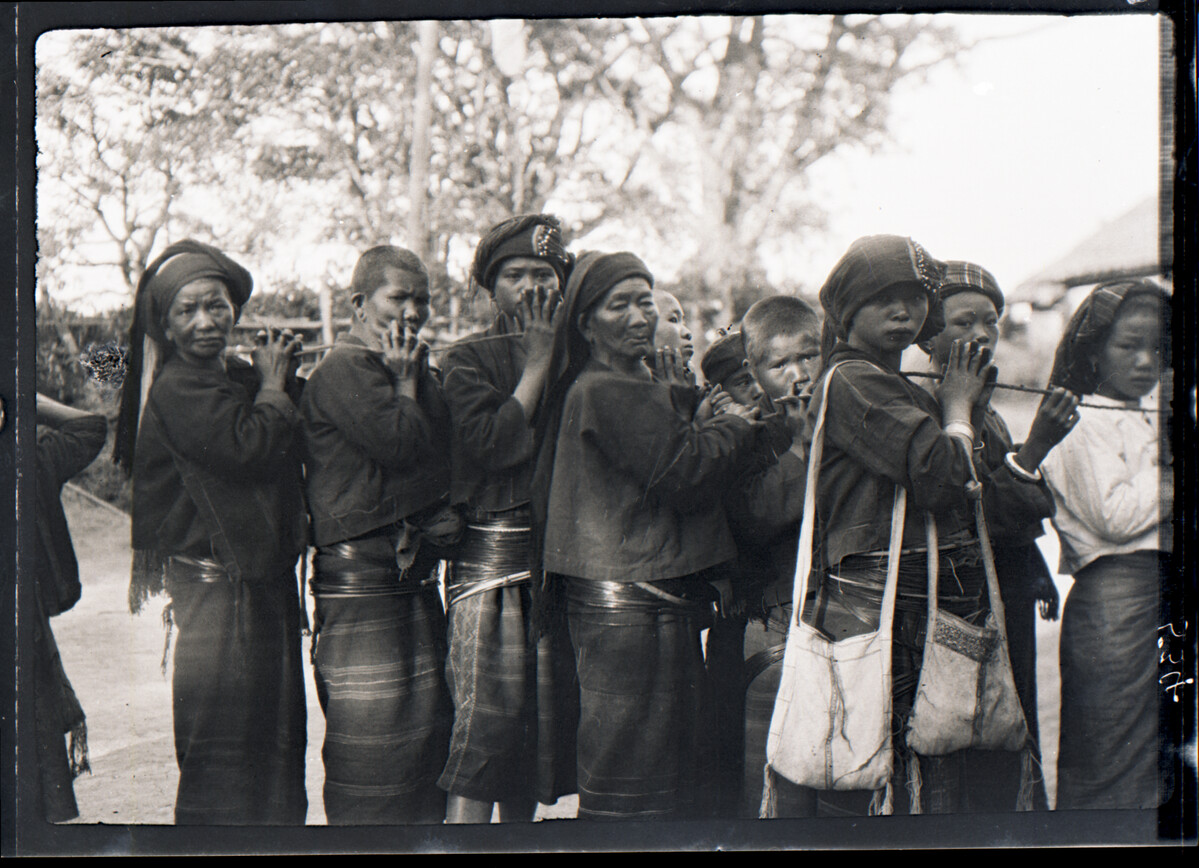
Tea houses were common meeting places where people gathered to socialise, discuss current events, and enjoy tea together. These tea houses served as hubs of community life, fostering connections and conversations among people from diverse backgrounds.
In addition to tea consumption, Burmese tea ceremonies were also an integral part of cultural and religious practises. Tea offerings were made to monks and Buddha images as a sign of respect and devotion. The act of serving tea during religious ceremonies symbolised generosity, humility, and spiritual connection.
This picture was taken at a festival held at a pagoda, although no information is given by Green as to what the festival was. At festivals, elders were given pride of place and served the best tea, food, tobacco and betel-nuts.
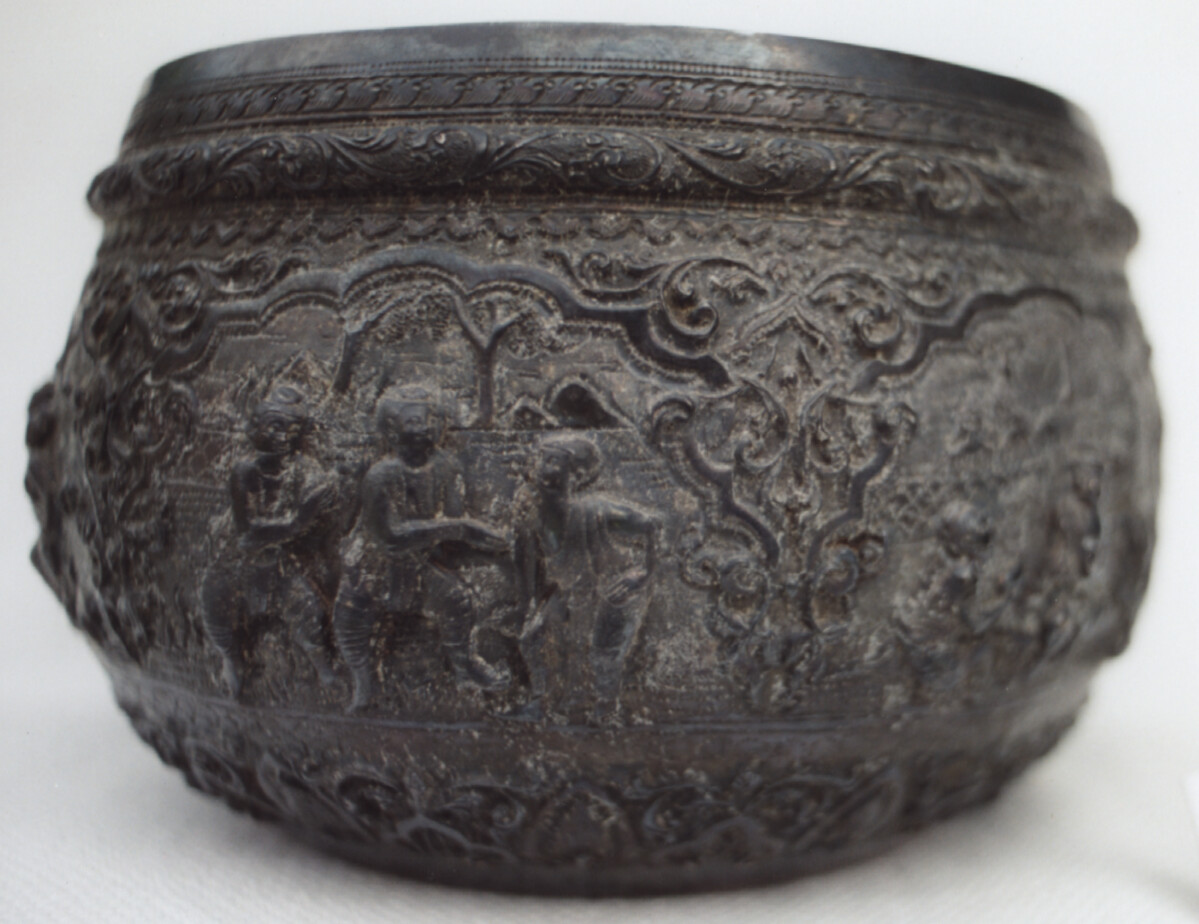
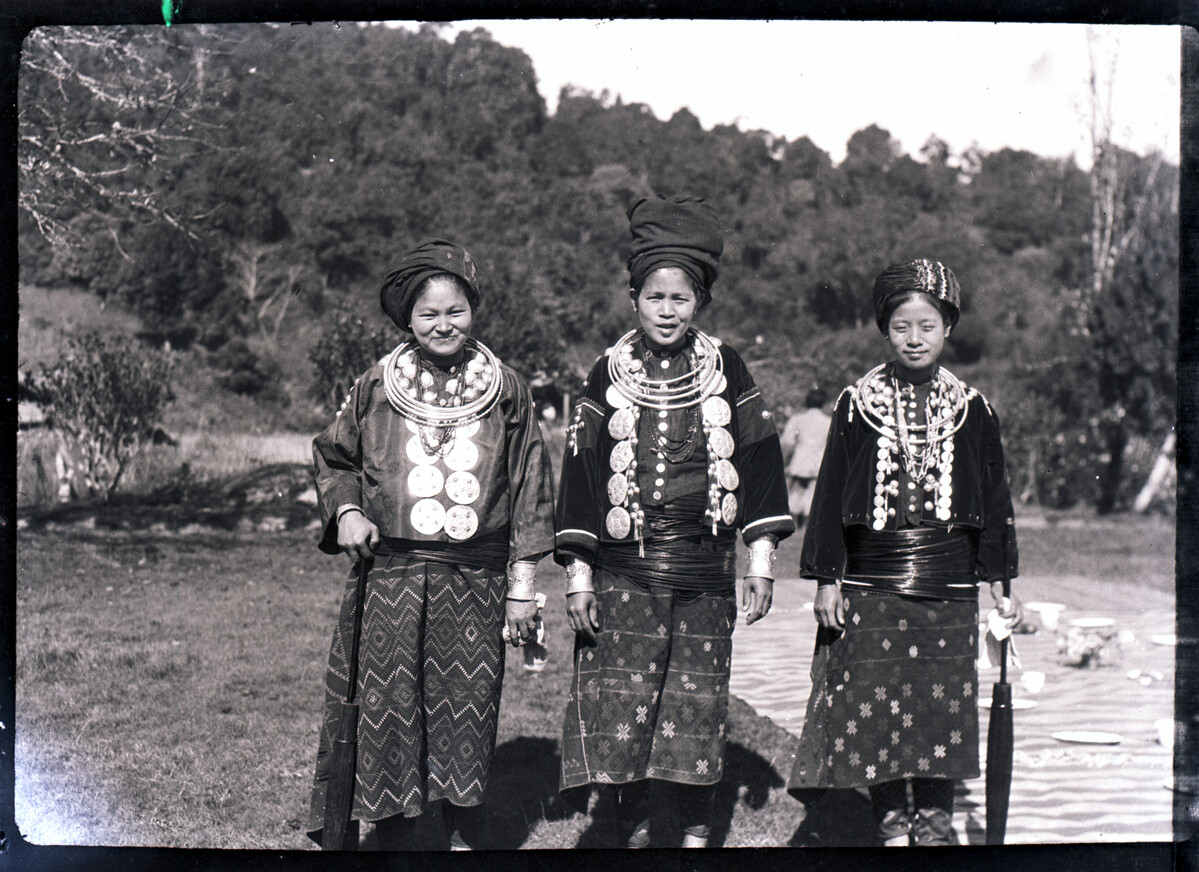
Tea traditions in 19th and early 20th century Burma reflected the country’s rich cultural heritage, social customs, and religious beliefs. Tea consumption, and the rituals surrounding it, played a central role in fostering community bonds, expressing hospitality, and preserving traditional values in Burmese society.
*Following the military coup of 2021, some oppressed and activist groups in Burma/Myanmar won’t refer to the country as ‘Myanmar’. They see this as a form of resistance to military rule. There are objections in other quarters to referring to the country as ‘Burma’, a name used under British colonial rule. When I refer to Burma/Myanmar in this article, it’s in recognition of the complexities and different perspectives.
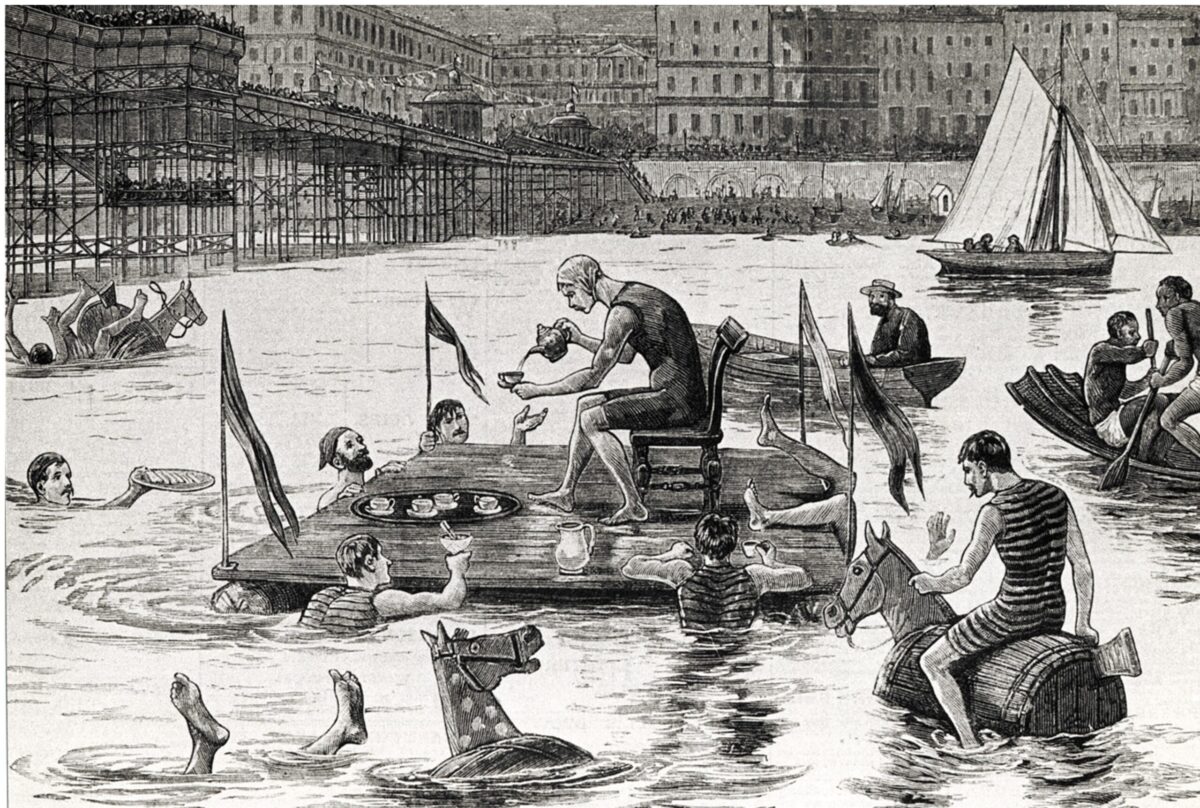
Shadows of Empire – Taking Tea at Preston Manor
Our new interactive experience, Shadows of Empire – Taking Tea at Preston Manor, explores the dark history of Britain’s tea trade and how the residents and guests of Preston Manor were involved. 24th May – 26th May 2024, Preston Manor. Price includes a souvenir guide and cup of tea in our Victorian kitchen.
